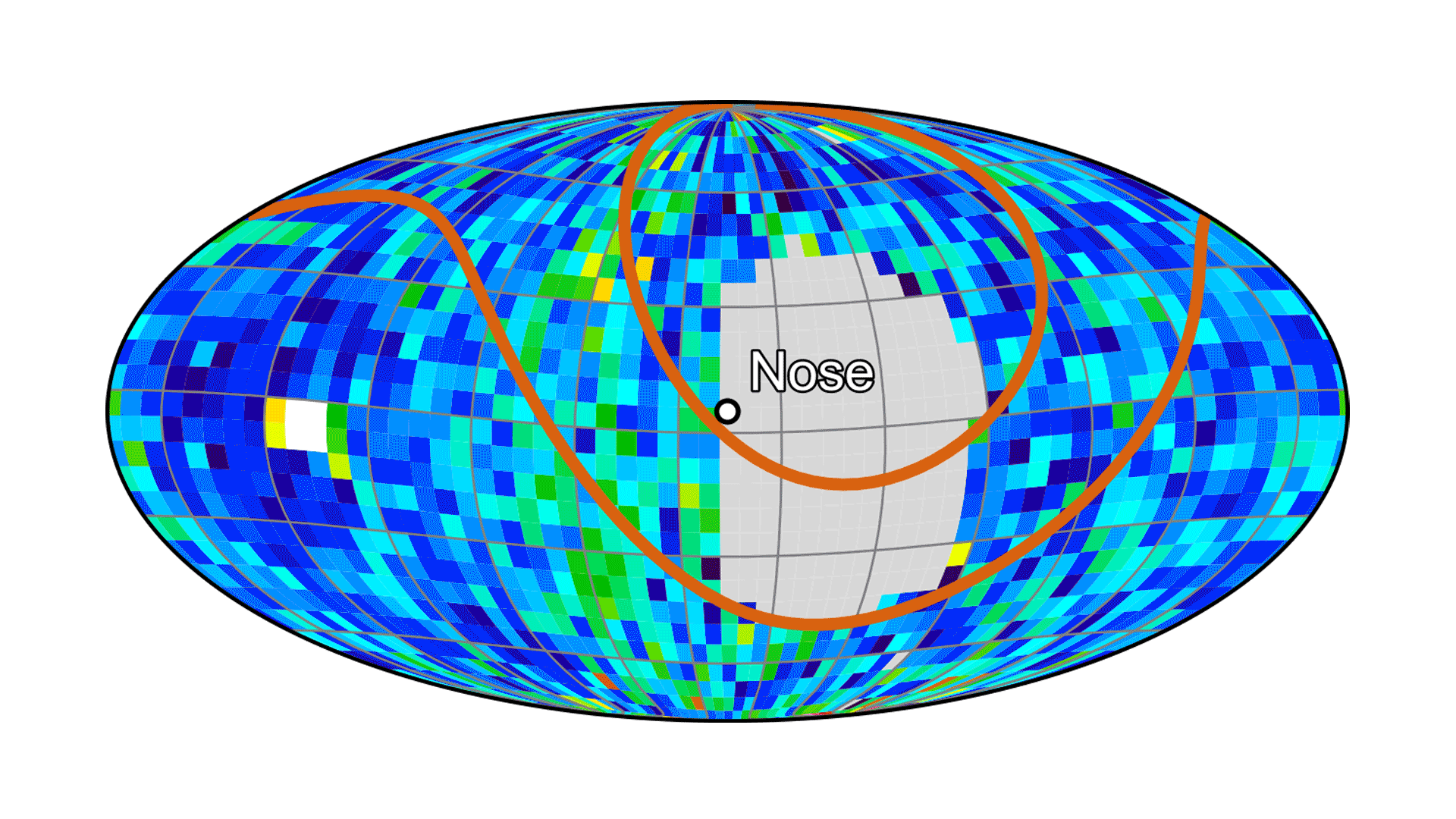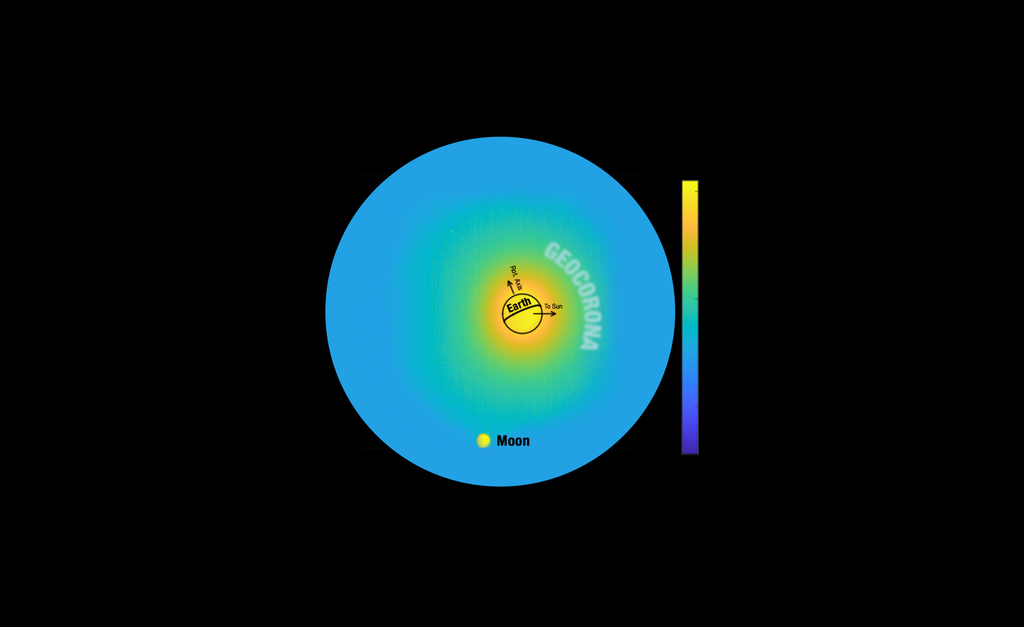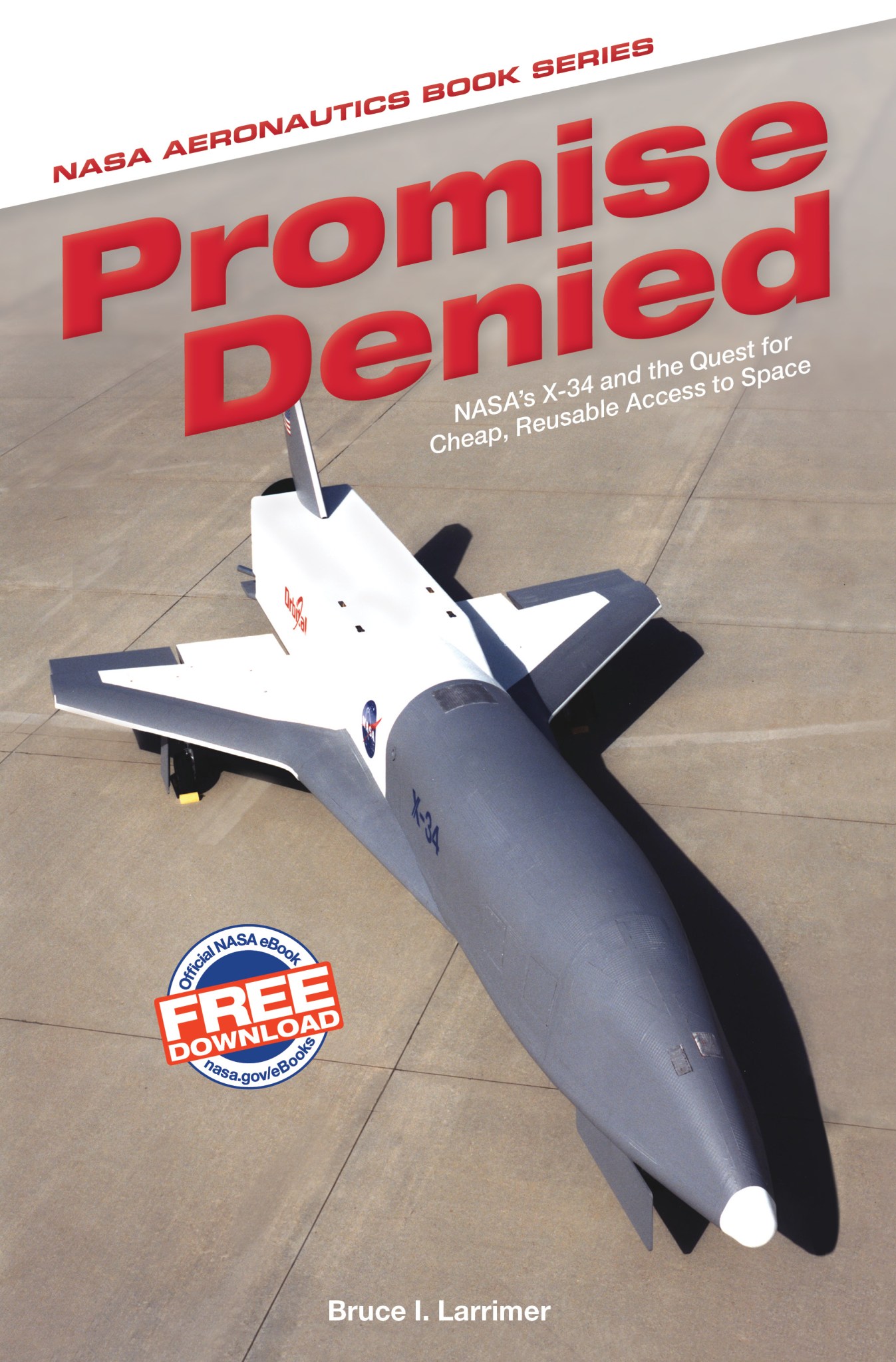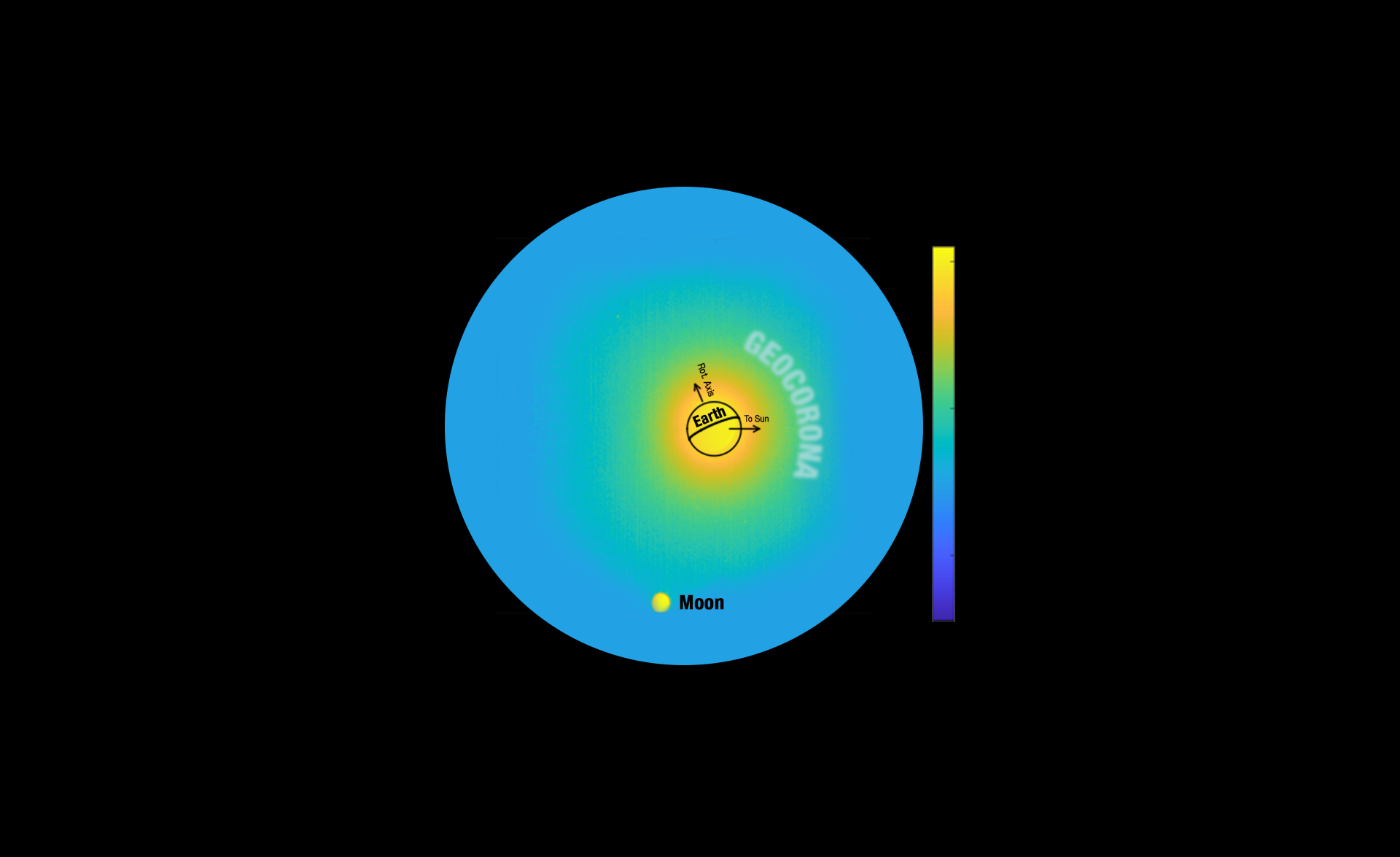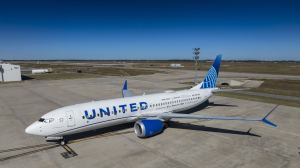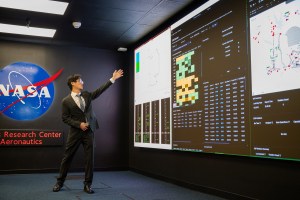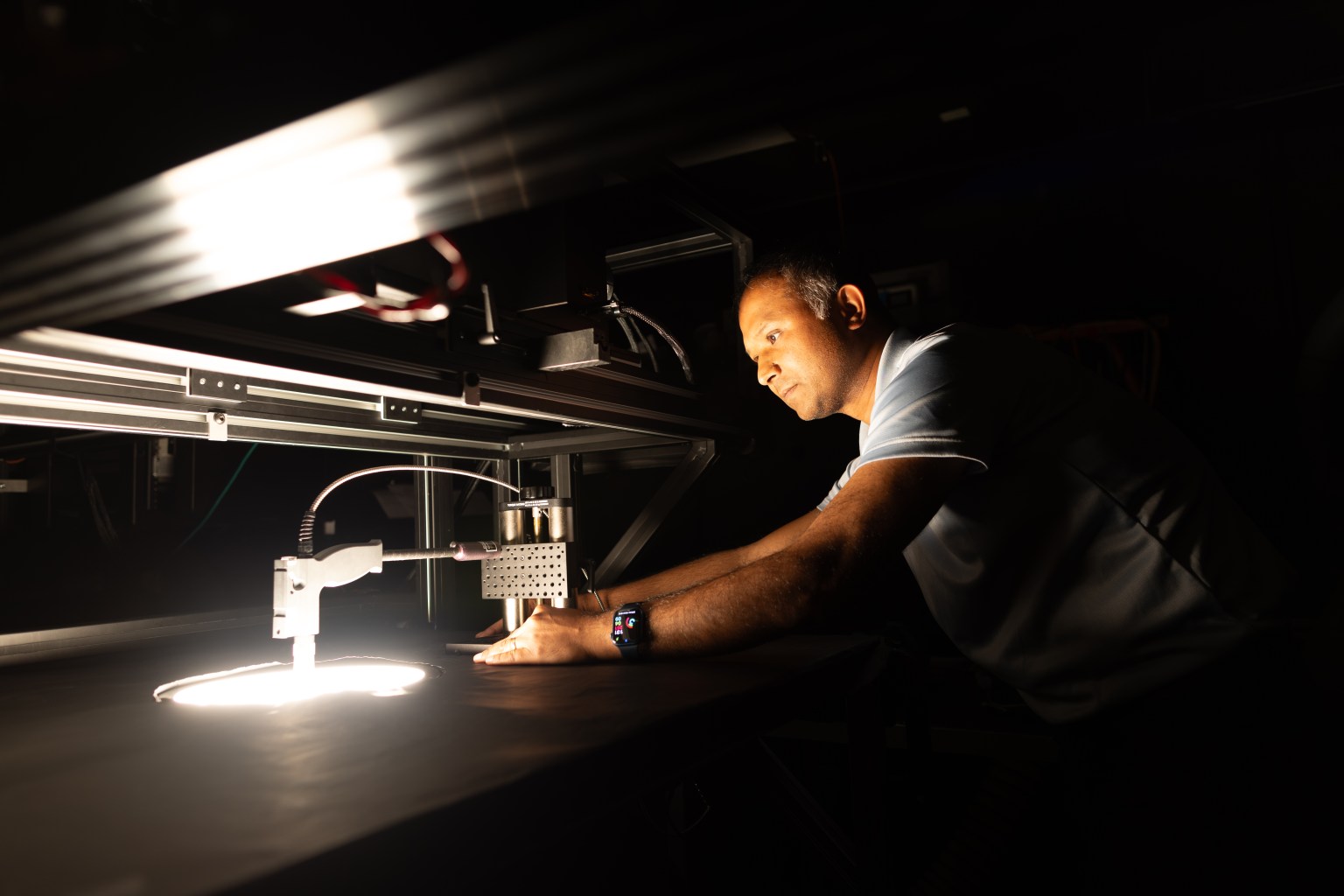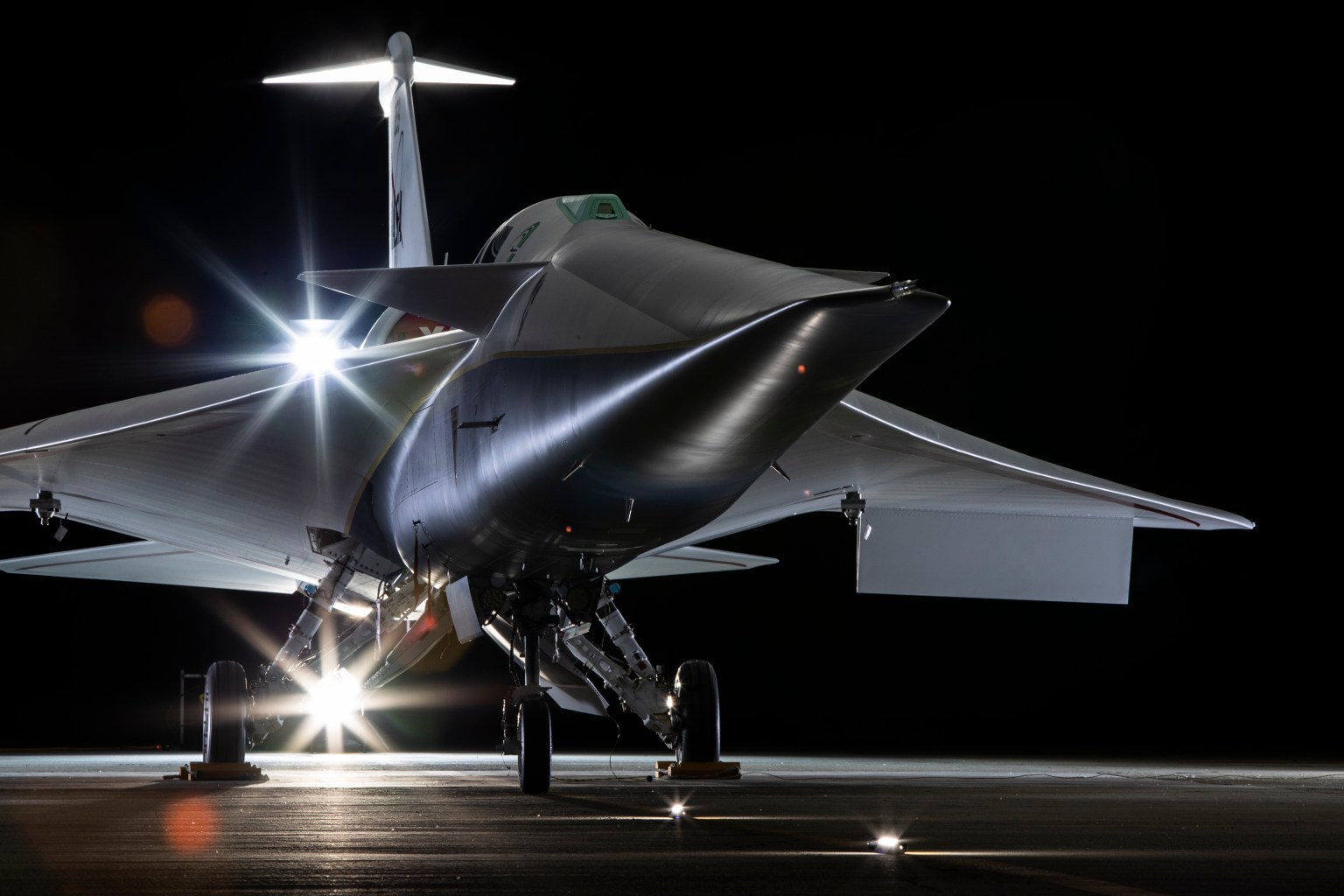Promise Denied: NASA's X-34 and the Quest for Cheap, Reusable Access to Space
By Bruce I. Larrimer
Between 1992 and 1996, the American aerospace community vigorously explored the development of a post-Space Shuttle reusable space transportation system for the United States. This activity included studies by the National Aeronautics and Space Administration (NASA), scientific foundations, and the aerospace industry. Likewise, both the executive branch of the government, through the issuance of a White House Policy Space Transportation Directive, and the legislative branch, though the holding of congressional hearings and budget allocations to NASA and the Department of Defense, were deeply involved in the decision-making process. The new policy direction was aimed toward reestablishing the Unites States’ competitiveness in the space launch vehicle development and launch area and in transferring much of this activity to the U.S. aerospace industry.
These developments served as the prelude to NASA’s single-stage-to-orbit (SSTO), reusable launch vehicle (RLV) program that included the development of three technology test bed vehicles. The first of these vehicles was the DC-XA Clipper Graham, which actually was an upgrade to the original DC-X (Delta-Clipper Experimental) developed by McDonnell Douglas for the Department of Defense and subsequently transferred to NASA at the start of the Agency’s single-stage-to-orbit program. The DC-XA Clipper Graham was followed by the X-33, which was intended to serve as a test bed vehicle for the subsequent development of a full-size reusable single-stage-to-orbit vehicle, and the X-34, which was intended as a technology test bed vehicle to demonstrate low-cost reusability and to conduct flight experiments. These were all promising concepts, and prospects for developing a cheap, robust, reusable space lift system to supplant the already aging Space Shuttle seemed assured. But within a decade, such hopes had been dashed-all the more frustrating to program proponents and participants, who had contributed some remarkably creative engineering to support the bold conceptual visions underpinning each of these programs. This book examines arguably the most elegant and promising of all of these, the NASA-Orbital Sciences X-34 Technology Testbed Demonstrator program, one ranking high on any list of the best research aircraft never flown.
Kindle readers: MOBI [7.4 MB]
All other eBook readers: EPUB [7.8 MB]
Fixed layout: PDF [4 MB]












